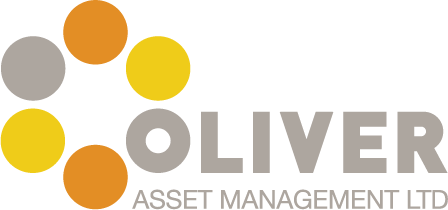As of April this year there were over 2.5 million registered companies in the UK* and a staggering Business Protection gap defined by Legal & General as £1.1 trillion **.
44% of business owners said their businesses would fold within 12 months of the death or critical illness of a key person and only 4% of business owners have shareholder protection in place**.
If you are involved in a business small or large you will know that an integral part of the running costs includes insurance in relation to buildings and contents, key equipment, stock, vehicles and Public liability to name but a few.
The cost of each is taken as a given and paid regularly to ensure a business is functioning within the right legal requirements and to provide backup should the “worst” happen.
There is no doubt that equipment, vehicles, location etc provide the means by which a business can offer goods or services but what is the real backbone of any firm are the people who make it successful and profitable.
A successful business is one which not only makes the most of its key individuals but nurtures their expertise and reaps the reward in terms of the relationships they develop with suppliers and customers.
Have you considered the cost to your business if you were to lose one of your key individuals through ill health or death? If you can think of someone within the business whose temporary or permanent loss would affect the company’s ability to maintain turnover and generate profit then they are a key individual and they should be covered.
If you lose a Key Person from the firm you need to be able to cover the cost of recruitment and replacement for that individual as well as making up for loss of profit directly attributable to them. You may also require reserves in place to ensure any business liabilities such as overdrafts, business loans or even Directors Loan Accounts can be repaid if they are recalled.
Business Succession Planning
As well as Key Person cover there is a massive need for Shareholder Protection within firms, or more specifically Business Succession Planning.
Business Succession Planning not only protects the company but also the employees, their families and the shareholders.
Some of the most frequently asked questions for shareholders within a company when considering the death or critical illness of a co owner include:
- What happens to their shares when they suffer a serious illness or die?
- How would the control of the business change?
- What would be the cost of buying out the co-owner’s share?
- Where does the cash come from to purchase shares from the co-owners family if they do not wish to retain an interest in the business?
- What agreements can be put in place to ensure remaining shareholders and surviving families can exercise their preferred options when it comes to retaining or selling shares?
We can help answer these questions for you.
The partner, shareholders and key people in any business are its driving force, they are a valuable asset and you need to have plans in place that ensure if they suffer a critical illness or die your business can still continue and remain profitable despite the loss.
The death or critical illness of a key person in your company could threaten everything you’ve worked so hard to achieve, is it really worth the risk not to have the correct cover in place?
If you’re not sure where to begin then we can help. We can take you through a step by step guide which helps you consider who needs to be covered and for how much. In conjunction with this we will make you aware of the tax treatment of your premiums and benefits paid on any plans and talk you through the appropriate agreements which should be in place to ensure benefits are paid correctly.
It may seem like a minefield of information but we can pinpoint the need within your company and provide you with a complete report on what would be required and the monthly cost, incidentally it isn’t as much as you would think.
Whether you are a Sole Trader, Co-Owner, Partner or perhaps even a Key Person in a firm we will be able to talk you through the options and help you through the process from beginning to end. We also offer a regular review service and would revisit all your planning on an annual basis to ensure your protection planning is keeping pace with any business changes.
So don’t put off any longer, if you want to speak with us further about how to protect your Business then we’d love to hear from you.
Claire Armstrong
*www.companieshouse.gov.uk (as at 03/04/2011)
**www.legalandgeneralcomms.co.uk/businessprotection
 but since that fateful moment I’ve been under its spell.
but since that fateful moment I’ve been under its spell.


 you must be clear about what you are providing to your customer as nothing will sour the relationship quicker than the discovery of a hidden agenda.
you must be clear about what you are providing to your customer as nothing will sour the relationship quicker than the discovery of a hidden agenda.